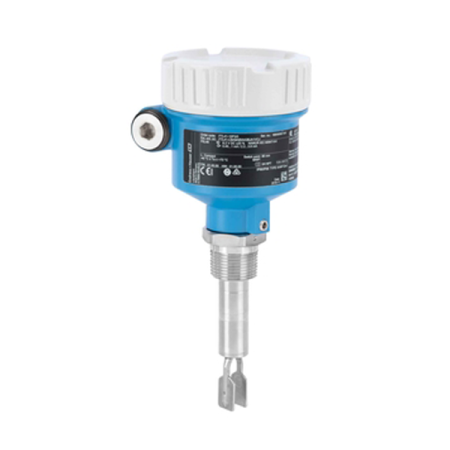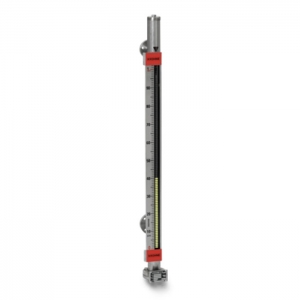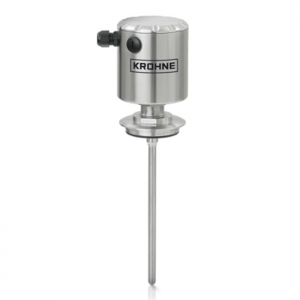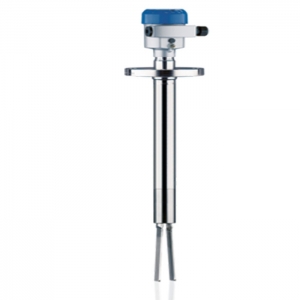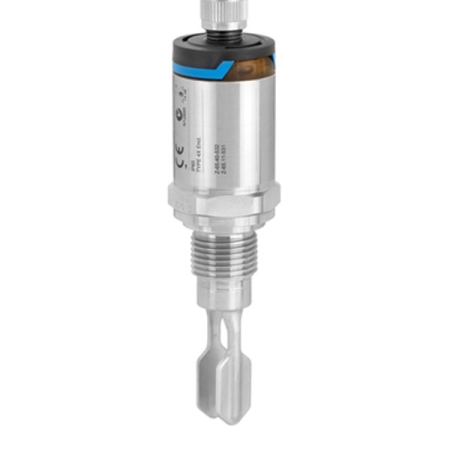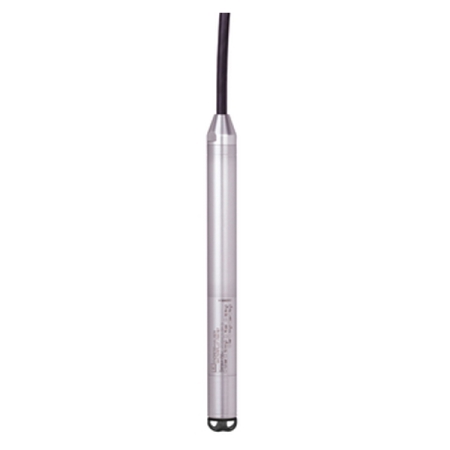Level measurement
In industrial processes, continuous level measurement is one of the most important factors for control, inventory, or safety programs of vital information required for the operation of industries, which is performed by instrument called level meters. The level meter is one of the broadly used instrument in various industries and plays an essential role. This tool is used to measure the level of liquids in a tank.
Continuous level measurement and point level detection in bulk liquids and solids
Consistent product quality, plant safety and economic efficiency – these are important aspects for any level measurement point performed by level meters. In level gauges, the level of liquids, pastes, bulk solids or liquefied gases is often measured in tanks, silos or mobile containers. A wide variety of measurement principles are available for continuous, interface and density measurement as well as for point level detection.
In fact, this tool is used to control the materials inside the tank so that if its amount changes, specific measures can be taken to increase or decrease the liquid in the tanks.
The filling level measurement includes the determination of the fluid filling level in industrial containers such as process and storage tanks, silos or open channels. In level meters, it is obtained by converting the measured values into electronic signals. The emitted signal is integrated in the control circuit of the relevant process control system.
In this context, there is a distinction between continuous measurement methods and limit value sensors. The following section explains the different types in more detail and highlights the advantages.
Level Measurement Methods
Level measurement offers different measurement methods:
- Capacitive
- Conductive
- Electromechanical
- Float switch
- Free space radar
- Guided wave radar
- Hydrostatic
- Microwave barrier
- Paddle
- Pressure differential
- Radiometric
- Ultrasonic
- Vibronic
- Display 15 Products per page
Level transmitter
A level transmitter is used to measure the level of a liquid or solid material in a container or space. These transmitters can measure the level continuously or at set points. All of these level transmitters measure level in one of three ways:
- Liquid weight
- Fluid pressure
- The position of a fluid in a container
Ultrasonic sensors are used to measure the following:
- liquids
- Adhesive media
- powders
- bulk material
Different types of level transmitters are used in process industries. Some of them are:
1) Point level transmitters
In a level meter, it provides an output when it reaches a certain level measurement. This output is generally in the form of an audible alarm or an electrical signal to turn on the key. Accuracy and reliability are top priorities in level measurement and are provided for point level switches covering almost all applications, from bulk solids to liquids.
2) continuous level transmitters
It measures the level within a specified range and provides an output as a continuous reading proportional to the variable level.
3) Ultrasonic transmitters
It is used to measure the non-contact level of highly viscous fluids as well as bulky solids.
4) conductive level transmitters
It is used for point level detection of a broad range of conductive fluids such as water and is especially suitable for highly corrosive liquids such as caustic soda, hydrochloric acid and similar liquids.
5) Pneumatic level transmitters
It is used in corrosive environments and places where there is no electricity. They are also ideal in applications involving heavy slurry or slurry.
6) Capacitance level transmitters
These transmitters use fluid stored in a tank or container as a dielectric medium between two or more electrodes. The energy capacity of the capacitor circuit increases with the presence of more liquid and decreases with the presence of less liquid.
By measuring changes in capacitance value, capacitive level transmitters can calculate the flow filling level of a tank or container. They are often used in non-conductive liquids with high dielectric constant and can be used for continuous level monitoring.
7) Hydrostatic based level transmitters
These transmitters, also known as pressure level transmitters, help determine the fluid content of a container by measuring the pressure of a fluid inside it. The greater the power of the fluid, the greater the volume of the fluid. These transmitters use the hydrostatic pressure at a point in the fluid to determine the level.
8) Magnetic level transmitters
These transmitters use a magnetic object suspended in a float. It is usually on a narrow auxiliary column to limit the lateral movements of the float. While the float is above the fluid, the motion of the float is measured by a different magnetic instrument. This allows for a precise and stable filling level to be transferred. This method is suitable for continuous measurement due to the tendency of the float to rise or fall based on the liquid level.
9) liquid level transmitters
These transmitters are engineered to detect liquid levels. The liquid level transmitter is also used to detect the level between two different fluids such as oil and water. Liquid level transmitters are mainly used to measure liquid level in storage tanks, transport tanks and also water storage tanks. These pressure transmitters measure the level by measuring the fluid.

